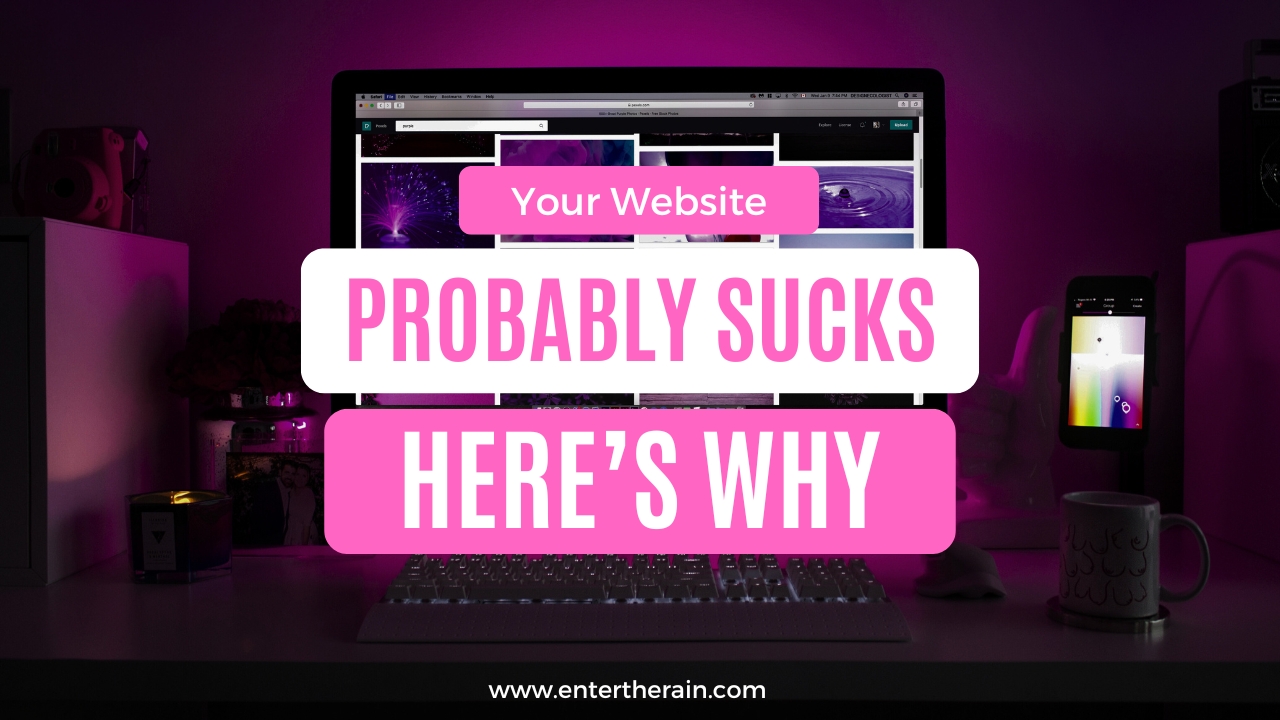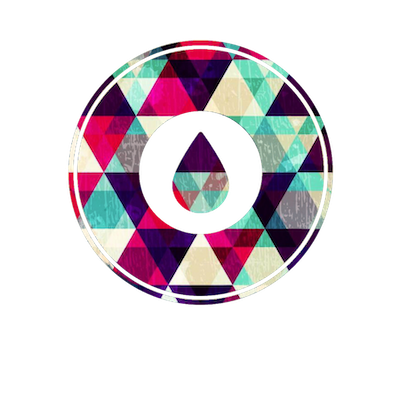Most business owners think their website is fine. Some even think it’s great. But if your site isn’t converting leads into actual revenue, it doesn’t matter how sleek the design is, how much money you dumped into custom animations, or how poetic your mission statement sounds. The hard truth? Your website probably sucks, and you don’t even realize why.
I see it all the time… Companies spending a fortune on a showcase website that screams, Here we are, and this is what we do! Meanwhile, their competitors, the ones with a lead-generation machine, are quietly raking in sales while they’re left wondering why no one’s clicking past their homepage.
If you’re still clinging to the idea that a website is just a digital brochure, let me stop you right there. Your website isn’t just an online presence. It’s a 24/7 salesperson, and if it’s not converting, it’s failing. So, how do you fix it?
1. Your Website is About You, Not Them
Nobody cares about your company’s journey or how much passion you have for your work. Not yet, at least. When visitors land on your site, they have one question: Can you solve my problem? If your homepage reads like a self-congratulatory press release, you’re already losing them.
Rewrite your content from the customer’s perspective. Show them you understand their pain points, and more importantly, tell them exactly how you’re going to fix them.
2. Your Call-to-Action is Weak (or Nonexistent)
“Contact us” is not a call-to-action. It’s a polite suggestion. If you want visitors to take the next step, you need to tell them exactly what to do and why they should do it.
- Instead of “Learn More,” try “Download Your Free Strategy Guide”
- Instead of “Schedule a Call,” try “Get a 15-Minute Free Consultation”
- Instead of “Sign Up,” try “Start Your Free 30-Day Trial”
You’re not just asking them to click. You’re giving them a reason to act right now.
3. Your Site Looks Good, But Feels Bad
A stunning website means nothing if it’s frustrating to navigate. If users have to hunt for information, endure slow load times, or dodge pop-ups attacking them from every angle, they’ll bounce before you even get a chance to impress them.
Your site should feel effortless. Fast, intuitive, and frustration-free. If it doesn’t, it’s costing you money.
4. Your Mobile Experience is an Afterthought
More than half of all web traffic comes from mobile devices. If your site looks amazing on a desktop but turns into a clunky disaster on an iPhone, you’re throwing away leads.
Test your site on multiple devices. Check for tiny fonts, broken layouts, and hard-to-click buttons. If your mobile experience isn’t seamless, neither is your customer’s journey.
5. Your Website is Slow, and Nobody Has Patience for That
A one-second delay in page load time can drop your conversions by 7%. Slow sites don’t just frustrate visitors. They get penalized by Google. Run your site through Google PageSpeed Insights. If you’re in the red, fix it.
6. Your Copy is Vague and Full of Buzzwords
“We provide innovative, cutting-edge solutions tailored to your unique needs.”
What does that even mean? Nothing. It’s corporate fluff. Your copy should be clear, direct, and specific.
Bad: “We help businesses achieve growth through innovative strategies.”
Better: “We help service-based businesses generate 50% more leads through targeted digital marketing.”
Be crystal clear about what you do and why it matters.
7. Your Lead Capture is Weak
Not every visitor is ready to buy today, but that doesn’t mean they’re a lost cause. If you’re not capturing leads, you’re wasting traffic.
- Add gated content (eBooks, checklists, free guides)
- Create a strong email nurture sequence
- Use exit-intent popups with real value, not just “Sign up for our newsletter”
Most people won’t convert on their first visit, but if you have a way to follow up, you can turn them into customers down the line.
8. You’re Not Tracking What Actually Matters
If you don’t know where your leads are coming from, which pages are converting, and where users are dropping off, you’re flying blind.
Use Google Analytics, heat maps, and conversion tracking to see what’s working and what’s not. If you’re not measuring it, you can’t fix it.
9. Your Website Feels Like a Maze
A confused visitor is a lost lead. If your navigation is bloated, messy, or full of unnecessary pages, you’re making it harder for people to do business with you.
Your navigation should be simple, predictable, and intuitive. Every click should take them closer to converting, not further away.
10. You Think SEO is Just About Keywords
If your site isn’t ranking on Google, you’re invisible. But SEO isn’t just about stuffing keywords into your content. It’s about authority, relevance, and user experience.
- Optimize page speed and mobile experience
- Create high-value, shareable content
- Get backlinks from reputable sites
- Make sure your site structure is SEO-friendly
SEO isn’t a one-time task. It’s an ongoing strategy that makes sure the right people find you at the right time.
Your Website is Either an Asset or a Liability
Your website should be working for you, not just sitting there looking pretty. If it’s not driving leads, booking sales calls, and making you money, it’s not doing its job.
The good news? Fixing it isn’t impossible. But it does take a strategic approach; one that puts your customer’s experience first, removes friction, and makes it effortless for them to say yes.
So take a hard look at your site. Is it guiding visitors toward conversion or just showing off how much you spent on a custom homepage animation? If it’s the latter, it’s time to make a change.
And if you don’t know where to start? Well, that’s where we come in.



